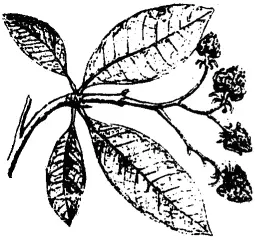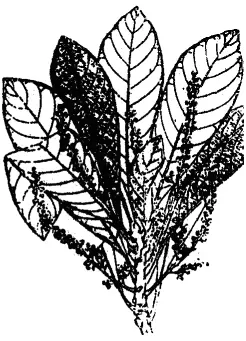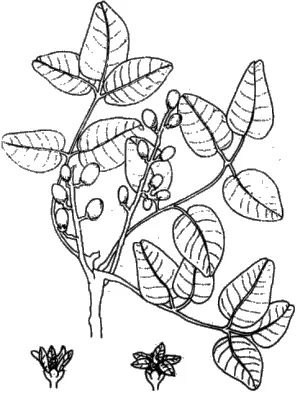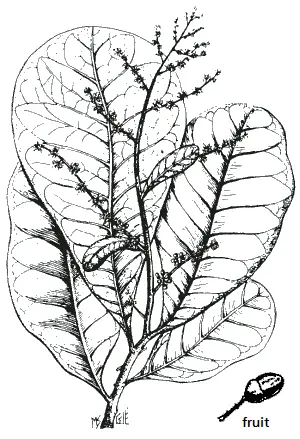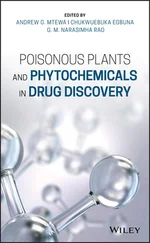M Rohde - Contact-Poisonous Plants of the World
Здесь есть возможность читать онлайн «M Rohde - Contact-Poisonous Plants of the World» весь текст электронной книги совершенно бесплатно (целиком полную версию без сокращений). В некоторых случаях можно слушать аудио, скачать через торрент в формате fb2 и присутствует краткое содержание. Жанр: Биология, на английском языке. Описание произведения, (предисловие) а так же отзывы посетителей доступны на портале библиотеки ЛибКат.
- Название:Contact-Poisonous Plants of the World
- Автор:
- Жанр:
- Год:неизвестен
- ISBN:нет данных
- Рейтинг книги:4 / 5. Голосов: 2
-
Избранное:Добавить в избранное
- Отзывы:
-
Ваша оценка:
Contact-Poisonous Plants of the World: краткое содержание, описание и аннотация
Предлагаем к чтению аннотацию, описание, краткое содержание или предисловие (зависит от того, что написал сам автор книги «Contact-Poisonous Plants of the World»). Если вы не нашли необходимую информацию о книге — напишите в комментариях, мы постараемся отыскать её.
certain plants can also be a serious health hazard. Stinging Nettles are rather harmless in this respect, but there are much more dangerous contact-poisonous plants in many parts of the world, especially in the tropics. They can cause severe pain, rashes, blisters or leave scars. Some trees are reported to be so powerful that even raindrops falling from them can irritate the skin. Other plant species can cause blindness through the smoke of burning wood or from rubbing the eyes after touching the leaves.
This document gives a concise overview of those contact-poisonous plants that may be of interest for travellers. The first part briefly introduces the active principles, effects, treatment and geographical distribution. The second part lists about 35 important plant species and describes them in detail.
Information about this interesting subject is usually scattered across many different sources, like scientific works about dermatology or botany, regional field guides, travel literature, or magazines. The rare scientific literature on the subject usually lists thousands of plant species and describes in medical detail the effects on workers who were exposed to the same species for years. Only a small number of those plants is dangerous after an occasional contact, however, which means that information relevant for travellers is hidden amid lots of other data. Available information has been selected and densified to be presented here.
Latest update: 2 October 2006.


